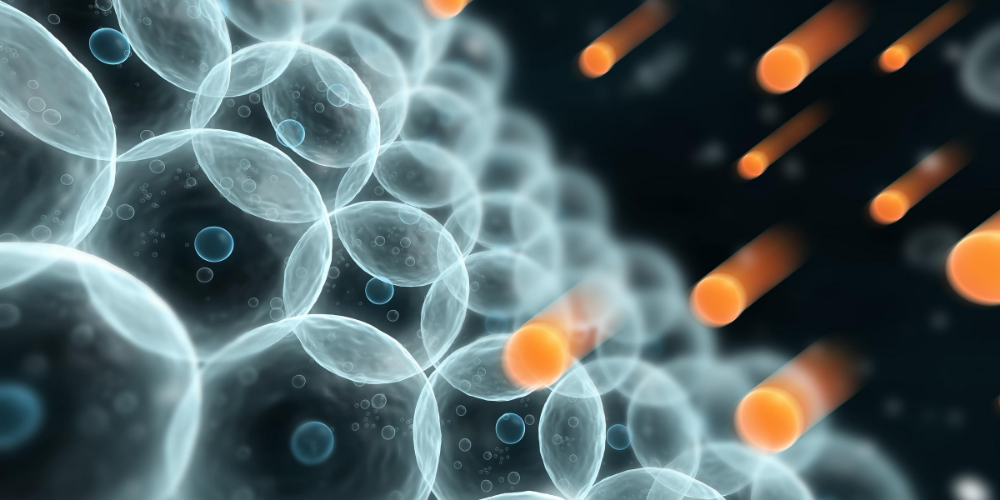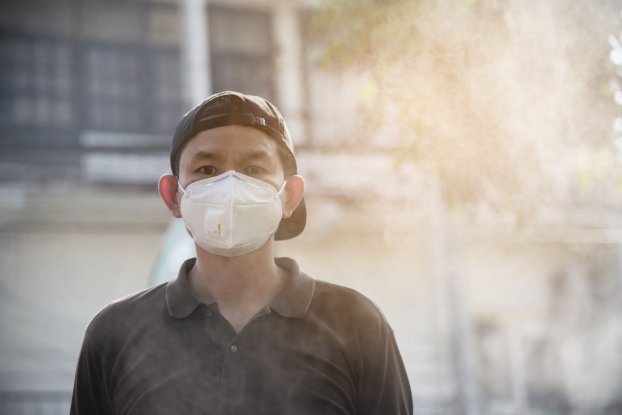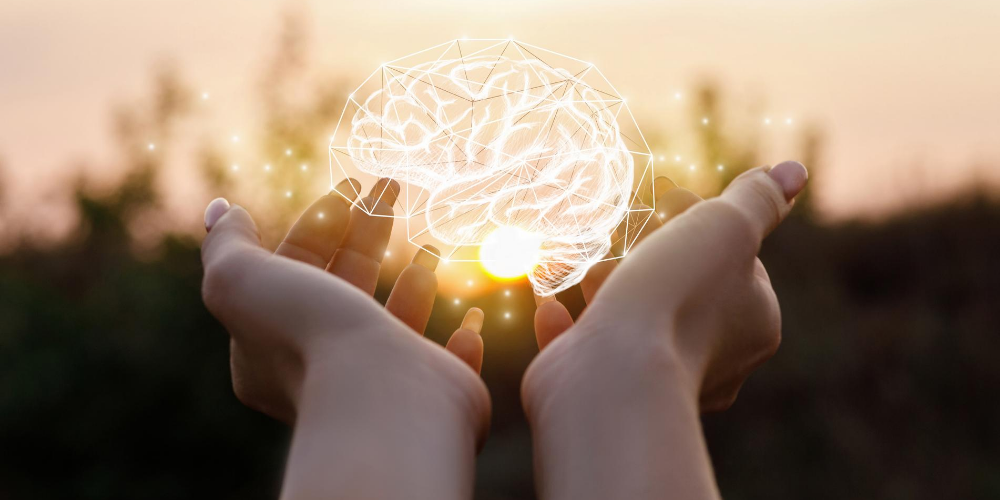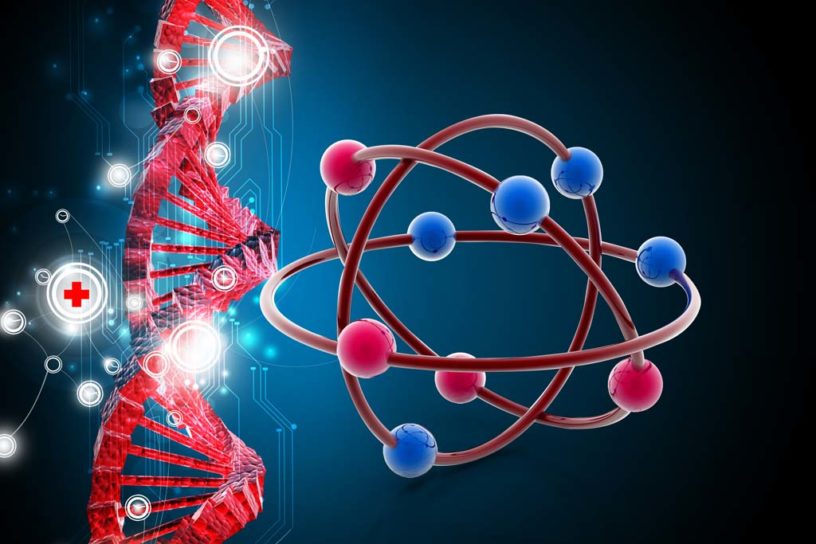Free radical is a medical term, but most of us don’t know it yet. Free radicals can appear in every organ inside the human body. That is why every day more than 10,000 free radicals attack our bodies. These radicals destroy cells, tissues, organs of the body, and cause artery blockage, develop diseases such as cancer, Alzheimer’s, and hundreds of other diseases that cause the body to age quickly and die. For the most part, the dangers of free radicals are not yet known to health, especially for the brain – the body’s most important organ.


1. What is free radical?


✅ Free radicals are atoms or molecules with an outer layer that contain incomplete electrons. Therefore, free radicals are always in a state of instability and always seek to electronically hijack other atoms. Therefore, free radicals have a very high oxidation capacity. There are many types of free radicals in the body, the most dangerous ones are superoxide, ozone, hydrogen peroxide, lipid peroxy, especially hydroxyl radical, a very reactive and causing many damages.
✅ These free radicals will cause disorders of chemical reactions and reactions in the body, destroying cell membranes, followed by damage such as protein structure change, enzyme inhibition, changes. hormonal changes, stimulate pathogens and lead to dangerous diseases. According to scientists, free radicals can be the culprit for more than 60 diseases, most notably: atherosclerosis, cancer, Alzheimer’s, Parkinson’s, cataracts, diabetes, high blood pressure, cirrhosis.
2. The cause of free radicals


In modern life, our bodies are often exposed to natural and artificial toxins. This exacerbates the process of forming free radicals in the body.
- Polluted environment, toxic substances, chemicals, radiation, UV …
- Eating improperly: Too much fat in the diet causes disorders of lipid metabolism, excess energy. Diets deficient in vitamins: B, PP, C, A, E, and natural antioxidants such as vitamin C, anthocyanin, lutein … reduce the ability to eliminate free radicals from the body.
- Mental and physical stresses: Excessive labor, anxiety, pressure, sadness, fear …
- Cases such as Lack of oxygen, burns, acute infections also cause free radical proliferation.
3. The harm of free radicals


✅ When free radicals attack the cell membrane, they oxidize the cell membranes, making it difficult for toxins to be released and to absorb their nutrients. It then attacks other components inside the cell: mitochondria – to synthesize energy for the cell and DNA – helping the cell to duplicate and synthesize enzymes for the body. This makes the organ weak and the body unable to grow. Common diseases caused by free radicals :
- Brain: Neuropathy, migraine, stroke, brain cancer.
- Eyes: Retinal degeneration, macular degeneration, cataracts.
- Skin: Skin aging, psoriasis, dermatitis.
- Immune system: Chronic infection, autoimmune disorders, lupus.
- Heart: Heart failure, myocardial fibrosis, hypertension, myocardial ischemia, heart attack.
- Blood vessels: atherosclerosis.
- Lungs: Bronchial asthma, allergies, lung cancer.
- Diabetes, aging, chronic fatigue
- Joints: osteoarthritis, osteoarthritis.
- And more …
The brain is the organ most vulnerable to attack by free radicals
✅ Free radicals attack all the cell structures in the body, but the brain is the place to suffer the most damage. The brain makes up only about 2% of the body weight but consumes up to 20% – 25% of the body’s oxygen and energy needs. In addition, the brain also contains more than 60% of the content of unsaturated fatty acids are easily oxidized. Therefore, the metabolism of substances in the brain is very powerful, producing many free radicals. Not only that, but the anti-free radical system in the brain is also much inferior to other organs, for example only 1/10 of the liver. Therefore, the brain is very sensitive and vulnerable to free-radical attack, causing two common groups of diseases, neuronal degeneration, and cerebrovascular disease.
✅ For degenerative neuronal diseases, free radicals damage the structure, even causing brain cell death and impaired brain function. Depending on the affected brain area, the symptoms may appear such as memory impairment, learning ability – poor thinking, reduced concentration in work … If long-term progress will lead to dementia intelligence, Alzheimer’s, Parkinson’s …
4. Measures against free radical
You can remove free radicals from the body in the following ways:
✅ Optimism, love life, positive thinking: When you stress, anxiety, stress, sadness, the body will produce many harmful free radicals. Therefore, in order to stay healthy for a long time, we should try to give ourselves a sense of optimism, a happy mood, and a love of life. When you are happy, your body also has a mechanism to release beneficial hormones to improve health.
✅ Create a habit of scientific activities: You should get enough sleep, because a lack of sleep will lead to the development of free radicals, leading to memory loss, distraction, nervous breakdown, headache, Tired … A perfect night’s sleep for health is a 7-8 hour sleep. Getting enough sleep gives the brain time to recover after a day’s work. Besides, you should also maintain healthy habits such as regular exercise, memory training, reading, and relaxation.
✅ Add antioxidants to the body: This is one of the most effective ways to help the body eliminate free radicals. You should eat plenty of vegetables and nuts that are high in antioxidants or use functional foods that contain effective antioxidant ingredients:


- Common antioxidants include vitamins C and E, Betacarotene, and Selenium … found in fruits and vegetables.
- Vitamin C plays a major role in increasing the body’s resistance, supporting the absorption of iron from meals, contributing to the prevention of iron deficiency anemia. More importantly, vitamin C works against free radicals and stress.
- Vitamin E: found in cereal sprouts, vegetable oils, greens, fruits, animal liver, egg yolks.
- Betacarotene: is a precursor of vitamin A found in yellow, red fruits, and dark green vegetables.
- Selenium is an essential trace element of living cells, an indispensable element of the immune factor against free radicals and other biological roles. Selenium is found in legumes, coffee, mushrooms, liver, and skin of fish, especially tuna, fish liver, fish oil, fish fat are very high in selenium.
- Glutathione is found in every cell and they act like a magnet, sucking in harmful substances like free radicals, heavy metals, paracetamol in the body, and excreting them out. Glutathione foods are Asparagus, Avocado, Spinach, Cauliflower.
5. Recommed for you :
🎁 Yogi Tea – Green Tea Super Antioxidant – Organic Green Tea Blend to Support Overall Health
✅ Yogi Green Tea Super Antioxidant tea is purposefully formulated to supply antioxidants and help reduce free-radicals. They combine our select blend of Green Tea with Grapeseed and Amla Extracts, which supply naturally potent antioxidants. Lemongrass adds bright, citrus flavor, while Licorice and Jasmine Green Tea lend sweet and floral notes. Directions: Bring water just to boiling and steep for 3 minutes. For natural antioxidant benefits, enjoy 1 to 3 cups a day. Safety Information: Consult your healthcare provider prior to use if you are pregnant or nursing, taking any medication, or have a medical condition.






Leave a Reply